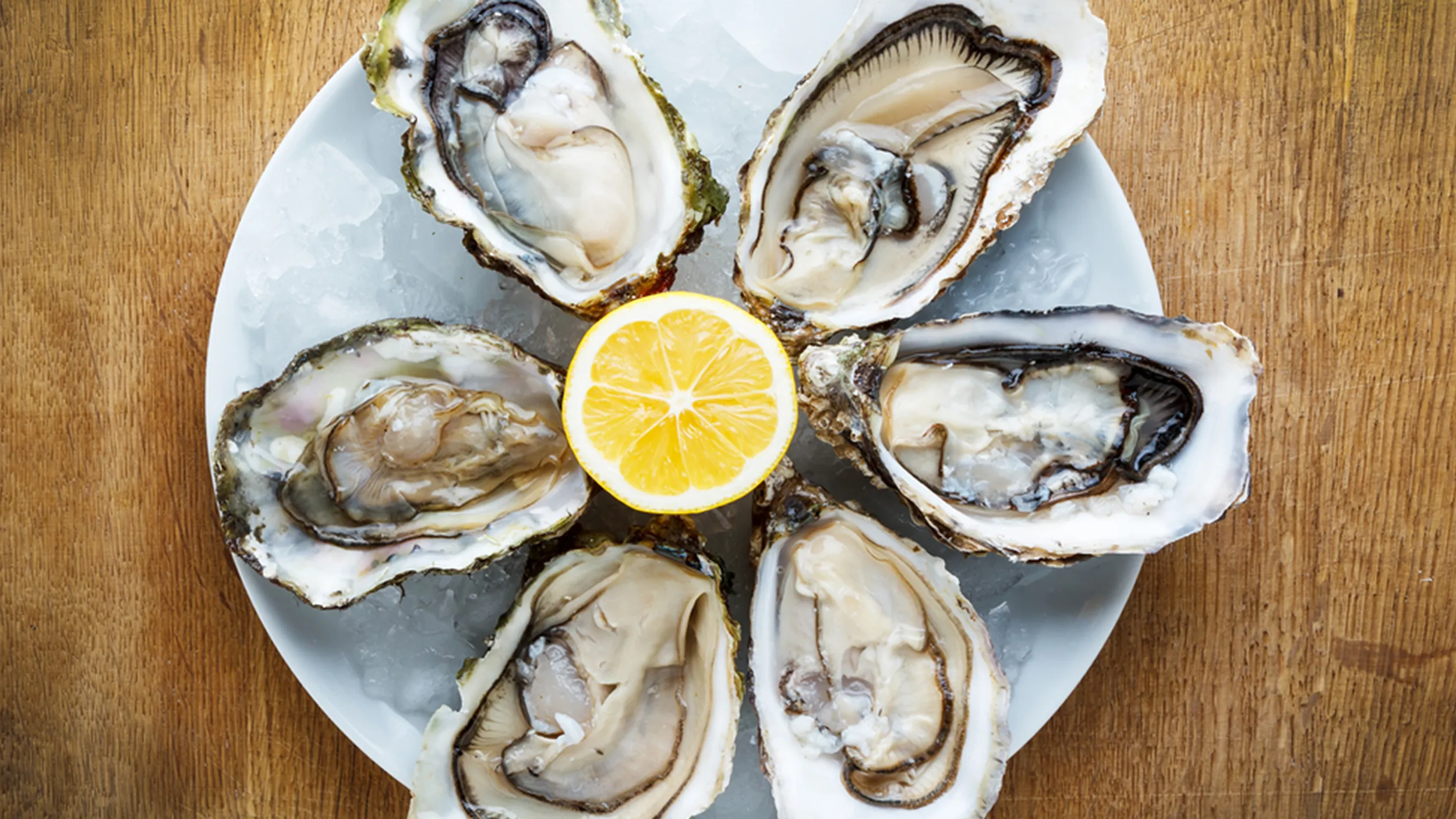Do Oysters Feel Pain? Exploring the Science Behind Mollusk Sensation
When it comes to seafood, oysters are a popular choice due to their unique taste and texture. However, an important question arises: do oysters feel pain? This question delves into the realm of animal welfare and ethics, raising concerns about how these creatures are treated in the food industry. This article will explore whether oysters have the capacity to experience pain, examining scientific evidence, biological mechanisms, and the broader implications for human consumption.
Understanding Oysters: A Brief Overview
Before diving into the question of pain perception, it’s crucial to understand what oysters are and how they live. Oysters are bivalve mollusks, meaning they have two shells hinged together. They belong to the class Bivalvia, which also includes clams, mussels, and scallops.
Anatomy and Physiology of Oysters
Oysters have a relatively simple anatomy compared to more complex animals. Their primary body parts include:
- Mantle: A soft tissue that secretes the shell and is involved in respiration and feeding.
- Gills: Used for filtering food particles from the water and for gas exchange.
- Foot: A muscular organ used for movement and attachment to surfaces.
- Adductor Muscles: These muscles close the shell to protect the oyster.
Oysters lack a centralized nervous system and a brain, which are typically associated with pain perception in more complex animals.
Pain Perception in Animals
To address the question of do oysters feel pain, it’s essential to understand pain perception in animals in general. Pain is often associated with the nervous system, where specialized receptors called nociceptors detect harmful stimuli and send signals to the brain, leading to the sensation of pain.
Nervous System and Pain
In most animals, pain is processed through the central nervous system (CNS), which includes the brain and spinal cord. Nociceptors in the body detect harmful stimuli, and the CNS processes these signals, resulting in the experience of pain. Read more similar articles on: healthlinemedia
Invertebrate Nervous Systems
Invertebrates, such as oysters, have different nervous systems compared to vertebrates. They generally lack a brain and spinal cord, and their nervous systems are simpler. For instance, oysters have a decentralized nerve network rather than a centralized brain, which complicates the question of pain perception.
Do Oysters Feel Pain?
Scientific Evidence and Theories
The debate about whether oysters feel pain centers on the following points:
- Nervous System Structure: Oysters have a relatively primitive nervous system with no centralized brain. This suggests that their ability to process pain might be limited compared to animals with more complex nervous systems.
- Response to Stimuli: Oysters do react to harmful stimuli, such as physical damage or environmental changes. They can close their shells tightly in response to threats, which could be a defensive mechanism. However, this reflexive response does not necessarily equate to the experience of pain.
- Neurobiological Research: Some researchers argue that although oysters have a simple nervous system, they still might experience a form of pain or stress. Their responses to stimuli could be akin to pain, but this is a subject of ongoing research.
Ethical Considerations
Regardless of whether oysters feel pain in the same way as higher animals, ethical considerations are essential. Many people argue that animals should be treated humanely and that even simple organisms deserve to be handled with care.
Handling and Cooking Oysters
Humane Practices in Oyster Harvesting
If there is a possibility that oysters can feel pain or distress, it becomes important to handle them humanely. Best practices include:
- Immediate Processing: Quickly processing oysters after harvesting can minimize any potential suffering.
- Proper Storage: Keeping oysters in appropriate conditions helps ensure their well-being and maintains quality.
Cooking Methods
Cooking methods like steaming or grilling are often used to prepare oysters. These methods are designed to kill the oysters quickly and humanely, but there is still debate about whether these methods are the most humane.
Conclusion
The question of do oysters feel pain remains complex and unresolved. While oysters have a simple nervous system, their responses to stimuli suggest some level of awareness. However, this does not necessarily mean they experience pain in the way that more complex animals do.
The ethical implications of this debate encourage more humane treatment of oysters and other invertebrates. As science continues to explore pain perception in simpler organisms, it is crucial for consumers and producers to consider these findings and adopt practices that minimize harm.
By staying informed and adopting humane practices, we can ensure that our culinary choices align with our ethical standards and contribute to a more compassionate approach to all forms of life.

